June 21, 2025 | 03:48 GMT +7
June 21, 2025 | 03:48 GMT +7
Hotline: 0913.378.918
June 21, 2025 | 03:48 GMT +7
Hotline: 0913.378.918
Thap Muoi wind blew, blew very deeply.
There is pain, there is hope.
The sky is high and the fields are wide.
The scent of Melaleuca is here, but where are you?
(Thuan Yen, Walking in Melaleuca scent)
Dong Thap Muoi Agricultural Research Center is located in Vinh Hung district, Long An. The center is responsible for researching alum-tolerant rice in the Dong Thap Muoi ecosystem. In 2006-2018, I returned to the Center, with my colleagues to research rice, and after the difficult period of the 1980s, now going back to the Center by car is certainly easy. Previously, I had to take a "vertical ferry" from Tan Thanh to Moc Hoa, in the middle of a vast cajuput field. The green leaves of the melaleuca forest tilted and rippled to the horizon, following the tornadoes, exist now only in my memory. Thunderstorms, accompanied by lightning and loud explosions, make the Melaleuca forest smoke, but do not cause large fires like the dry season. I used to take shelter from the rain in thatched huts in the fields. Hunger, cold and idle fear of supernatural powers on that deserted water field. The muddy smell of alum, grasslands, rough canal banks with peat mixed in fertile clay, can still be remembered from far away.
I had the opportunity to go to Dong Thap Muoi from 1977-1978. Depart from Gong Gang, Gao Giong, Lang Bien (Dong Thap), return to Tam Nong, then go to Moc Hoa, along the bank of Nguyen Van Tiep canal of Tien Giang. Arriving at Phat Da Pagoda (Phu My), from here, we continued into the Long An alum lowland area in Tan Thanh and Thanh Hoa today. The purpose is to investigate and collect native and wild rice. In the past, this was a very wild place, people lived scattered along the edge of the Melaleuca forest, sowing Truong Hung rice. After six months of rising water, the whole area was submerged in water. Some places are flooded up to 3-4 meters deep. Anyone who has seen the movies "Buffalo Wool Season" and "Wilder Field" will understand the hardship of the local people. The dry season is very harsh, people's skin is burned by the sun, the alum soil is red, and the grassland water is crystal clear. I was so thirsty but I didn't dare drink that puddle of water. Every house has jars and pots to store rainwater. I have seen wild pythons quite a lot. They wrap around on a cajuput tree or a gourd brooch. The cobra snakes on black soil, in tall grass, or curled up in straw nests to feed ducks in the fields. Feeling fed up! I suddenly remembered Thanh Tinh's verses:
“And among thousands of souls, the vast forest
A herd of green pythons look for prey in the silver water."
Leeches are countless under canals or in buffalo puddles. I remember the fierce flood in 1978 that drowned all hopes of the colonists. There is no suffering like this!
The sound of the field hoe making an anxious noise,
The wilderness is filled with moonlight.
(Nguyen Binh, poetry from Dong Thap Muoi, 1949)

Dong Thap Muoi is a low-lying land. An area of 697,000 hectares. Dong Thap Muoi is located on the territory of three provinces: Dong Thap (239,000 hectares), Tien Giang (92,500 hectares) and Long An (299,000 hectares). Dong Thap Muoi Agricultural Research Center was born during the years the state conquered this alum land. The situation at that time was very difficult. Especially means of transportation to access markets outside the area.
Dr. Melforw (an expert on acidic soil in the Netherlands) once warned: "It costs millions of dollars to treat 1 hectare of acidic soil." The delegation of Dutch soil scientists at that time (VH program) all opposed the development of rice cultivation here. A Soviet geological expert went to Lang Bien to take soil and grass samples, analyzed them and concluded: "Dong Thap Muoi cannot grow rice!". I have also looked up French documents at the library of the Southern Institute of Agricultural Sciences. Likewise, they concluded that it was impossible to build roads into Dong Thap Muoi; It is also impossible to cultivate rice in semi-submerged melaleuca forest areas. Unexpectedly, Vietnamese people today have successfully conquered this yawning alum field. Rice production has 350,000 hectares of cultivated area, reaching approximately 700 thousand hectares of cultivated area, contributing 20% of rice exports of the Mekong Delta. The people of Dong Thap Muoi consider it "Vo Van Kiet's mark" in the conquest of Dong Thap Muoi, or "plain of reeds" as the international called. A bold breakthrough, with scientific vision and high determination in the development of Dong Thap Muoi. However, development must be associated with preserving natural resources and maintaining biodiversity. That is the basic principle.
The Hong Ngu - Vinh Hung canal system, 45 kilometers long through Dong Thap Muoi, is the decisive factor. It reasonably exploits the freshwater resources of the Tien River flowing into the Vam Co Tay River. The concept of "washing alum" with fresh water is the key to this conquest. Of which, the part running through Dong Thap province is 24 kilometers long, the remaining part mainly serves Long An province. This is considered the longest and largest canal dug by hand after 1978. People named it "Central Canal". The scientists who contributed to the conquest of Dong Thap Muoi stood side by side, under the command of "general engineer Vo Van Kiet". The project lasted more than 30 years.
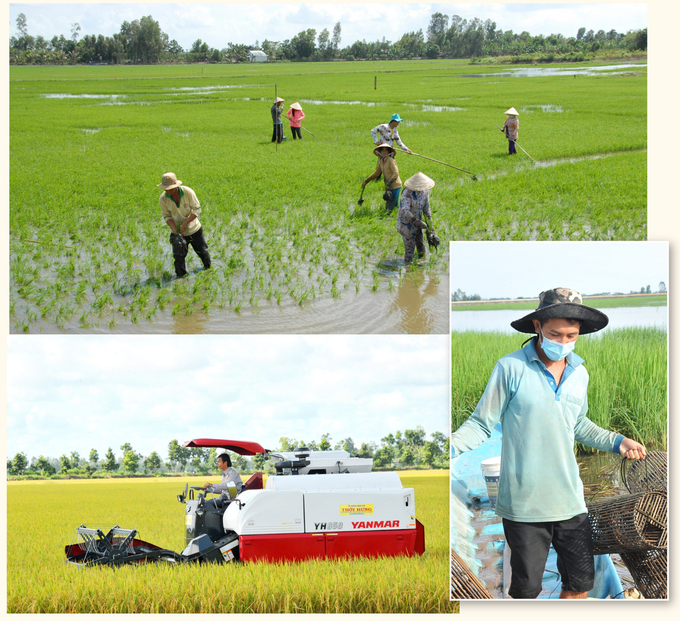
Looking up there,
Immense Dong Thap, immense golden season.
Sea banks, vertical and horizontal canals,
The Hong Ngu River is rich with alluvium.
Fragrant sunshine and slightly wind,
Cool red road, graceful eucalyptus.
(To Huu, Dong Thap Muoi poem 1992)
Dong Thap Muoi was built on two Pleistocene and Halocene sedimentary units. The completion of Dong Thap Muoi occurred after the "post-Pleistocene" period, about 8,000 years ago. It leaves traces of ancient alluvial mounds and sand dunes, mixed with newly deposited alluvial soil on the field. Very organic-rich alum soil was formed in that low-lying area, with heavy, medium and light alum levels. The flooded Melaleuca forest ecosystem (Melaleuca spp.) is the mainstay. The primary cajuput forest that I witnessed in 1978 in Gao Giong is now very rare. Most are regenerated Melaleuca forests or newly planted forests. The seasonally flooded grassland ecosystem is also very unique. The flooded grassland population is mainly Eleocharis sp., Panicum repens, Ischaemum sp., Cyperus sp. The unique highlight of the region is the population of lotus and water lilies, which are extremely diverse in color and growth method. The beauty of the lotus and gun ponds in the middle of Dong Thap Muoi always attracts tourists from all over the world. Grassland Lepironia articulata often grows in acidic, saline wetlands. Traditional mat weaving villages are also often nearby.
He set the hook while I pound almonds to weave hats,
The sound of afternoon tea reminds us of braised water lilies and fish sauce.
(Le Kim Luc, my hometown Tien Giang)
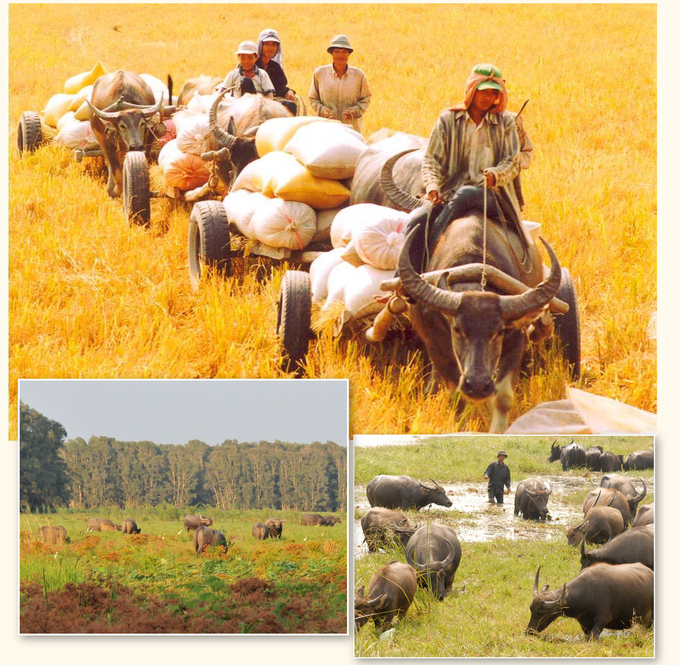
My wife and I went to "Lang Sen Wetland Conservation Area", an area of 5,030 hectares to test the floating rice model, like Chet Cut. It is considered a typical park for the flooded swamp type of Long An. The reserve has 156 wild plant species belonging to 60 families; 149 vertebrate species belonging to 46 families. Among them, there are 13 species in the Vietnam Red Book. Aquatic species in rivers, canals and canals are quite rich, with 11 species of benthic animals. I also had the opportunity to go to "Tram Chim National Park" many times to survey wild rice with Japanese and British scientists. The national park is located in Tam Nong, Dong Thap. Tram Chim is a wetland area, part of Vietnam's special-use forest system. The red-crowned crane is an extremely rare bird (in the red book) and is the pride of Tram Chim's manager. But sadly that now the cranes don't come back anymore.
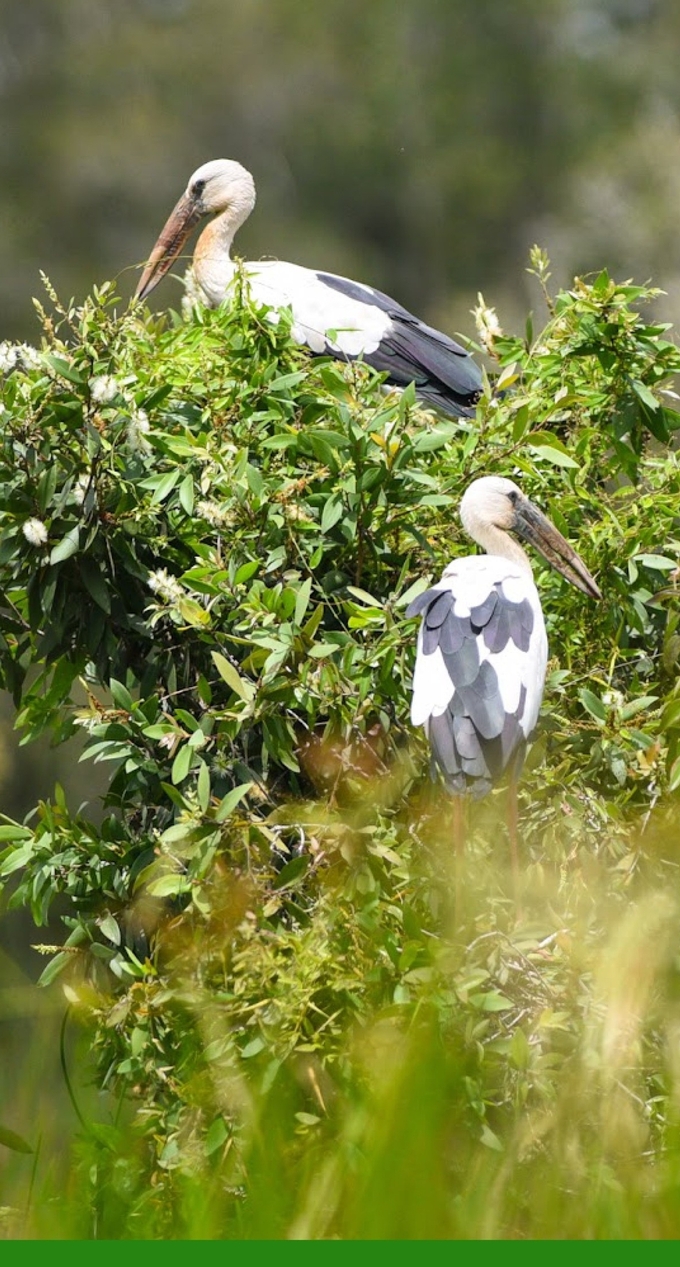
The road connecting Tan An city to Tan Thanh, Kien Tuong town is an impressive historical work of the conquest of Dong Thap Muoi. At first, international friends did not believe that we could make it all the way through that cajuput. Because the settlement of engineering geology is a formidable challenge. This road, including Vinh Hung, is nearly 100 kilometers long. When we first finished the construction with red soil, we did not dare to drive from Tan Thanh to Moc Hoa when it rained heavily, because the clay mixed with red rocks made it slippery and the car could easily overturn into the river. Now, Dong Thap Muoi's road system is built vertically and horizontally, beyond imagination. Sometimes I still get lost because of so many new roads, shaded with acacia and eucalyptus leaves. The Southern Institute of Agricultural Sciences advocated in situ conservation management of the Tan Lap alum soil research area (Moc Hoa), but it failed. The project of researching rice varieties resistant to phosphorus deficiency in acidic soil was conducted here, then continued to exploit AS996 material in Japan. For the main purpose: explain the genetic nature of phosphorus deficiency tolerance and create alum-tolerant rice varieties.
The famous "Tan Lap Melaleuca Forest" is combined with tourism quite well. This pristine wetland is in Moc Hoa district, Long An, near the Cambodian border. The forest creates a vast green area, interwoven with canals, belonging to the Vam Co Tay river system. I was amazed by the ancient cajuput trees, the naturally growing lotus ponds, and the diverse populations of endemic birds, fish, and amphibians. All have created an extremely diverse ecosystem. People invested in a walking path through the Melaleuca forest of about 5 kilometers, with the advertisement "the longest road through the flooded forest" in Vietnam. Forest area is 135 hectares, plus a buffer zone of 500 hectares. Such a great landscape!
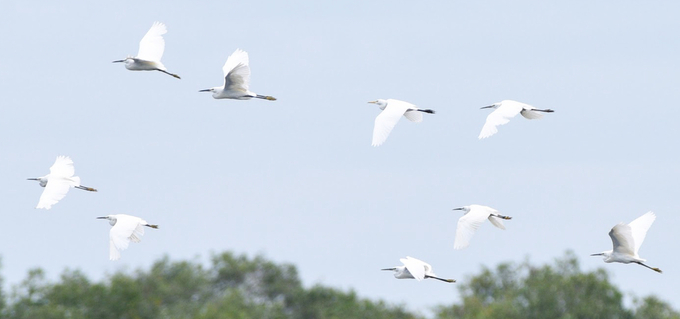
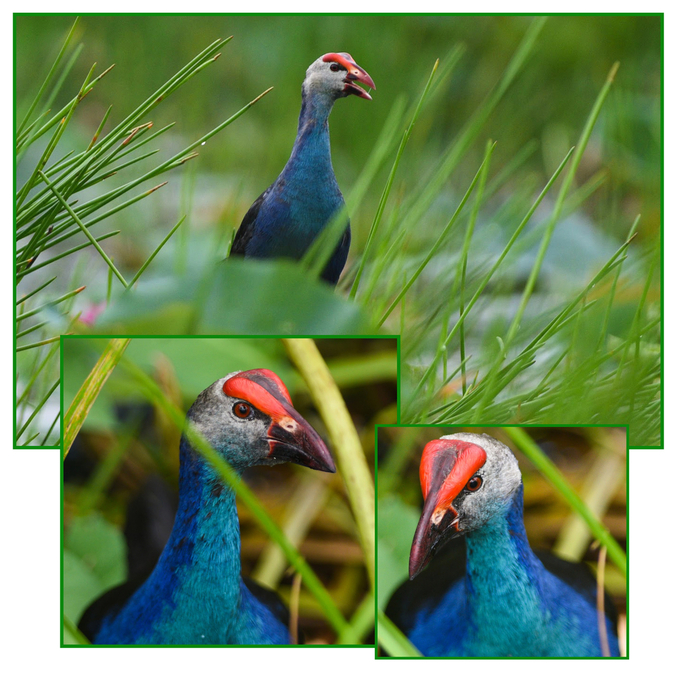
Dong Thap Muoi "medicinal herb conservation and development" research center is about 50 kilometers from Tan An, located in Moc Hoa, Vinh Hung, Thanh Hoa and Tan Thanh districts. This is a typical eco-tourism area of the West, where the only primeval "melaleuca" forest in Vietnam located. It also consist of the core area of Dong Thap Muoi region, with a forest area of more than 1,000 hectares (Binh Phong Thanh commune, Moc Hoa district). The ecology of this "floating alum area" currently preserves 83 species of plants, 8 species of animals with precious medicinal properties, and many beautiful pink and white lotus ponds. The typical fauna of Dong Thap Muoi such as storks, herons, gongs, and cranes are all present.
Natural melaleuca forests and planted forests in Long An are mainly concentrated in the districts of Tan Hung, Tan Thanh, Moc Hoa, Vinh Hung, Thanh Hoa, Duc Hoa and Duc Hue. Previously, Melaleuca trees were used as construction poles and fuel. Now construction and cooking are replaced with other materials. Melaleuca tree has descended to the throne. One hectare of 5 - 6 year old Melaleuca trees gives an income of VND 25 - 30 million. If you switch to growing rice, you can get a profit of VND 10 - 20 million/ha/crop. The land was heavily contaminated with alum, making it difficult to cultivate rice. Farmers recently decided to plant melaleuca. Forest fires caused by climate change and careless bee keeping are also major challenges in Melaleuca management. Melaleuca forest area continuously decreases. Very worrying and considering for the Dong Thap Muoi ecological region! (There's more)
Translated by Bao Ngoc

(VAN) Poultry production in Poland, which has only started recovering from devastating bird flu outbreaks earlier this year, has been hit by a series of outbreaks of Newcastle disease, with the veterinary situation deteriorating rapidly.

(VAN) Extensive licensing requirements raise concerns about intellectual property theft.

(VAN) As of Friday, a salmonella outbreak linked to a California egg producer had sickened at least 79 people. Of the infected people, 21 hospitalizations were reported, U.S. health officials said.

(VAN) With the war ongoing, many Ukrainian farmers and rural farming families face limited access to their land due to mines and lack the financial resources to purchase needed agricultural inputs.

(VAN) Vikas Rambal has quietly built a $5 billion business empire in manufacturing, property and solar, and catapulted onto the Rich List.

(VAN) Available cropland now at less than five percent, according to latest geospatial assessment from FAO and UNOSAT.

(VAN) Alt Carbon has raised $12 million in a seed round as it plans to scale its carbon dioxide removal work in the South Asian nation.